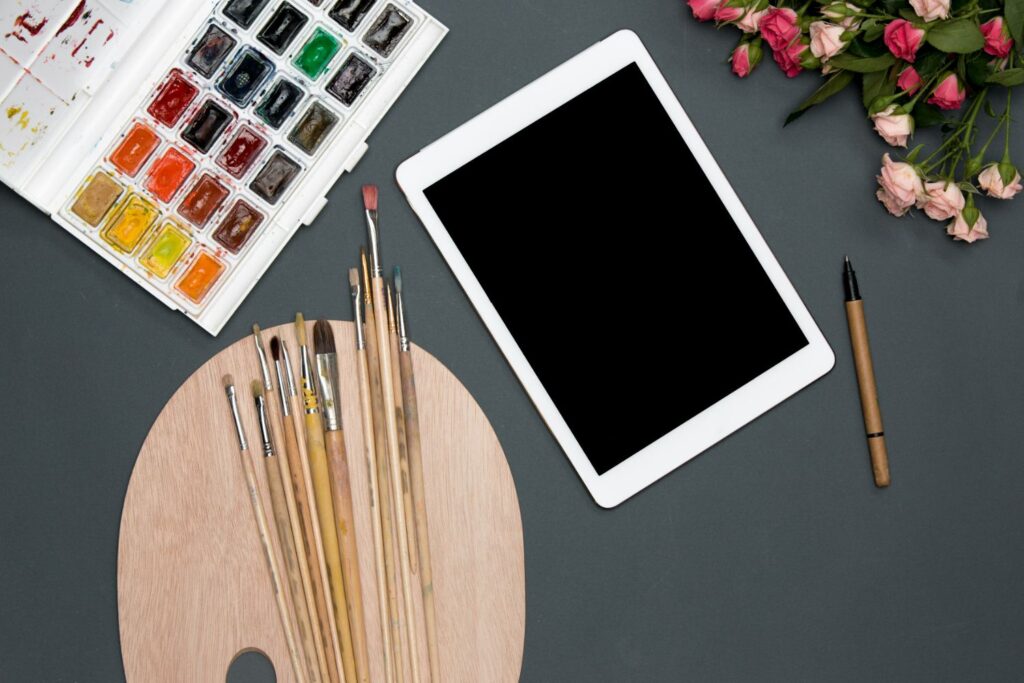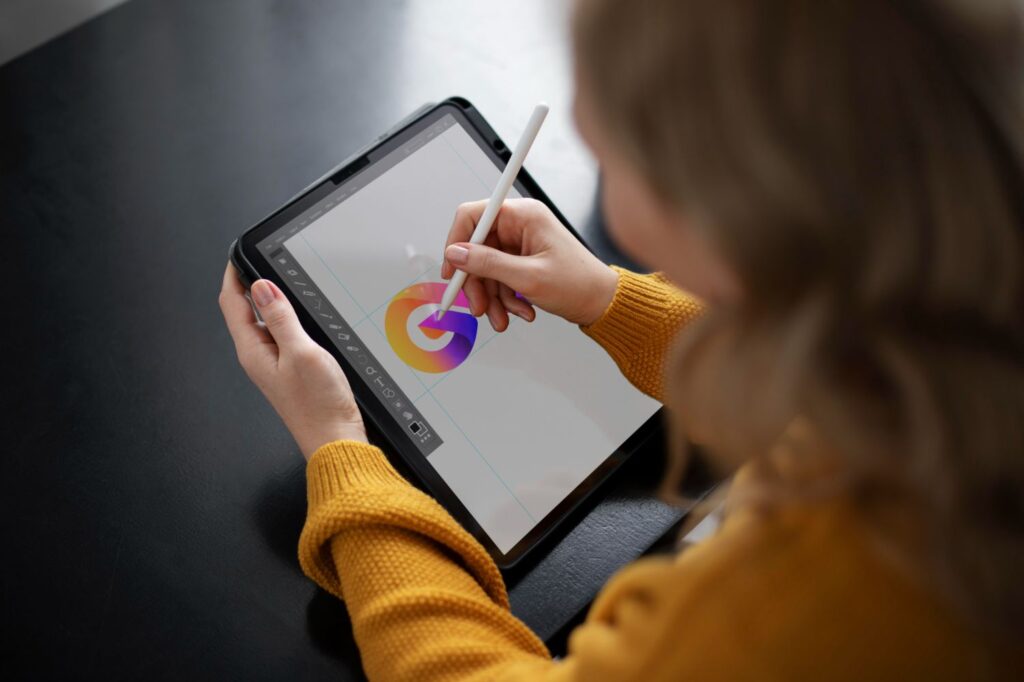Introduction
The world of digital art has seen a significant surge in popularity in the last few years, with a particular interest in the nostalgic yet innovative field of pixel art. In this unique art form, images are rendered in pixels, conjuring a distinct, retro aesthetic reminiscent of early computer and video game graphics.
Given the rise of advanced mobile technology, specifically high-resolution tablets, artists are now curious about the most effective tools for creating pixel art. This exploration leads us to the question, “Is iPad good for pixel art?” Join us as we delve into the pros and cons of utilizing an iPad to craft pixel art masterpieces.
The Pros of Using an iPad for Pixel Art
1. High-Resolution and Responsive Touchscreen
At the heart of the iPad’s appeal for pixel art lies the high-resolution and highly responsive touchscreen. This feature allows artists to manipulate pixels with precision, a requirement for constructing intricate pixel art designs.
2. Spacious Display
The generous display area provided by the iPad proves to be beneficial, especially for artists working on more detailed pixel art projects. The expansive screen size allows for zooming and panning across their digital canvas without compromising the integrity and clarity of the pixel art.
3. Robust Performance and Stellar Battery Life
iPads are known for their solid performance and exceptional battery life. These characteristics ensure that artists have ample resources to work with, even with more demanding pixel art software, thereby maintaining the fluidity of their creative process.
4. Access to Diverse Pixel Art Applications
There are numerous pixel art applications available on the App Store, each designed with a variety of features intended to cater to individual artists’ needs and preferences. From Pixel Studio to Pixaki and Procreate, these apps offer professional-grade capabilities to support impressive pixel art creations using the iPad.
5. Compatibility with Apple Pencil
The Apple Pencil significantly enhances the iPad experience for pixel art creation. With features like pressure sensitivity and tilt functionality, it affords the artist a high level of precision akin to traditional drawing techniques.
The Cons of Using an iPad for Pixel Art
1. Higher Costs
iPads and accessories like the Apple Pencil belong to the higher end of the price spectrum. Hence, the costs involved might deter some artists keen on embarking on their pixel art journey using the iPad.
2. Limited Customization
Despite the broad selection of iPad pixel art apps, artists may find the level of customization provided slightly lacking compared to dedicated desktop software such as Aseprite or Adobe Photoshop.
3. File Management Complexity
Managing files on an iPad may not be as straightforward as it is on a computer. Artists juggling multiple pixel art projects may find the process a bit cumbersome, particularly when needing to handle file transfers and back-ups.
4. Reliance on Internet Connection
An iPad’s full functionality often depends on reliable internet access, which may not always be available. This requirement could potentially pose a hurdle for artists wishing to work on their pixel art remotely, especially when needing to download or upload large files.
5. Future-Proofing Concerns
Like all technology, iPads continuously evolve. While this forward movement ensures progress and innovation, it may result in older models becoming incompatible with new updates or apps, requiring art





